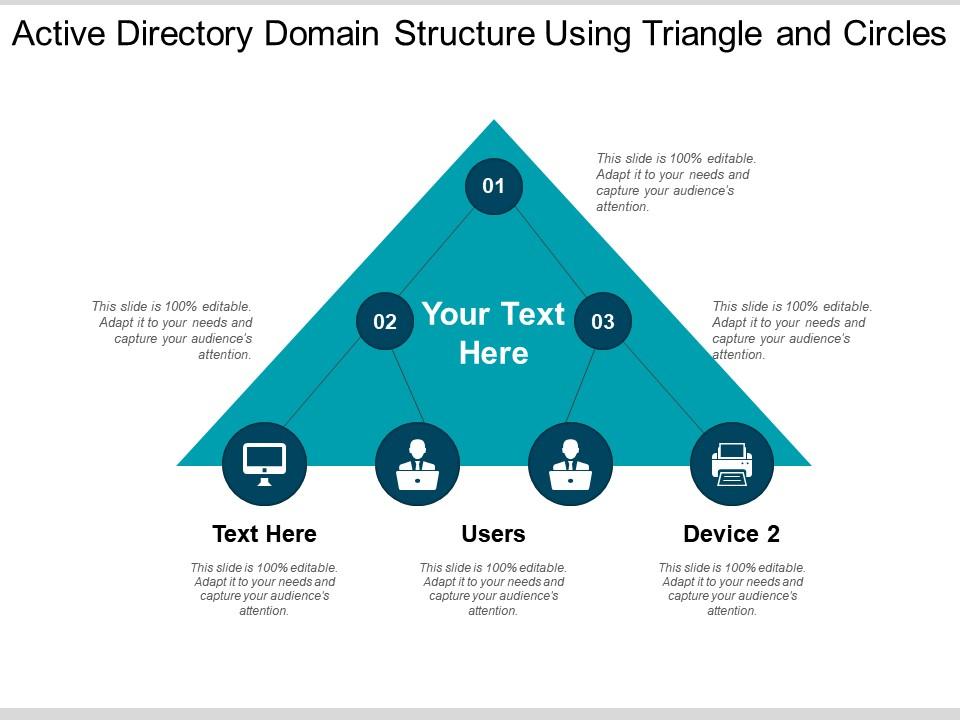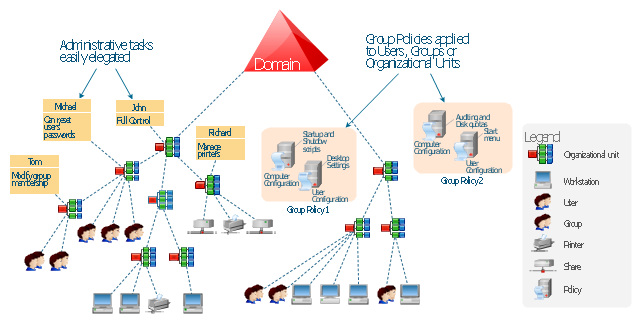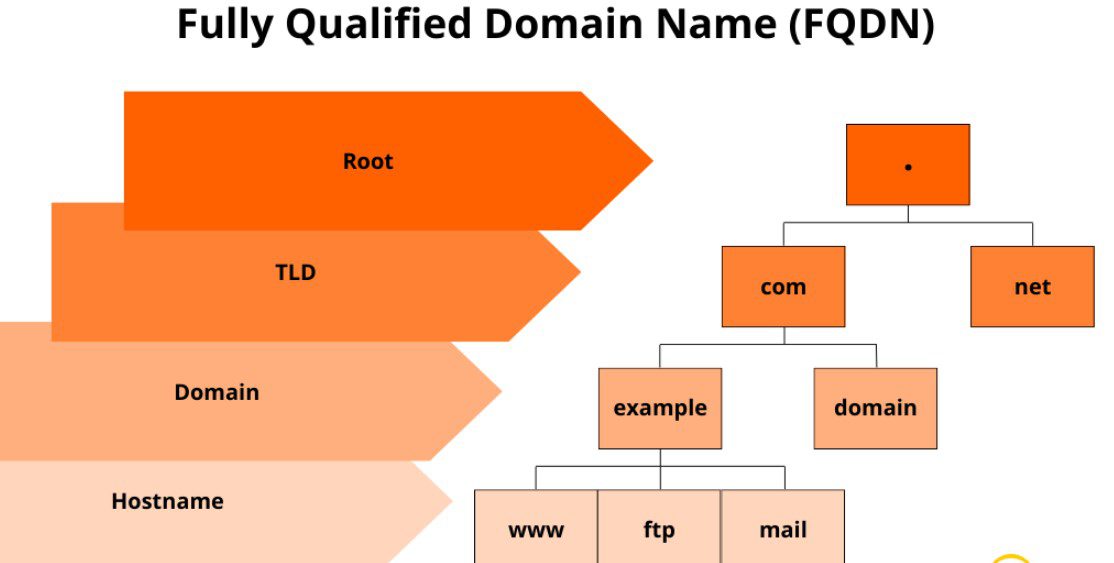Unlock the secrets of domain structure: the hidden framework that shapes websites and impacts your online experience. Dive in now!

Image courtesy of via DALL-E 3
Table of Contents
Welcome, young reader! Have you ever heard of something called “domain structure”? In this section, we’ll explore the basics of domain structure and why it’s important to understand. We’ll break down this topic into simple terms that will make it easy and fun for you to grasp.
What is a Domain?
Let’s start with the basics. A domain is like an address on the internet. Just like your home has a physical address, websites have a domain as their online address. For example, think of www.example.com as a unique address for a website.
Why is Domain Structure Important?
Knowing about domain structure is crucial for using and creating websites. It helps us organize information online, making it easier for people to find what they’re looking for. Understanding domain structure can also help in creating a user-friendly and accessible web experience. Stick around to learn more about this fascinating topic!
Parts of a Domain
Domain Name
A domain name is like the address of a house on the internet. It’s what people type in their web browsers to visit a website. For example, google.com is a domain name. It’s made up of words that are easy to remember and help us find our way around the web.
Top-Level Domain (TLD)
A Top-Level Domain, or TLD, is the ending part of a domain name. You might have seen endings like .com, .org, or .net. These endings tell us what type of website it is. For instance, .com is commonly used for commercial websites, while .org is often used for organizations.
How to Choose a Good Domain Name
When creating a website, one of the first things you need to do is choose a domain name. Your domain name is like the address of your house on the internet – it’s how people find your website. Here are some tips to help you pick a good domain name that will make it easy for others to visit your site!
Keep It Simple
Choose a domain name that is easy to remember and type. Avoid using complicated words or symbols that might confuse people. Think about some of your favorite websites – their domain names are probably short and simple, making it easy for you to find them.
Make It Relevant
It’s important to choose a domain name that reflects what your website is about. If your website is about cooking, for example, it would make sense to include words like “cook” or “recipe” in your domain name. This helps visitors know what to expect when they visit your site.
Understanding Subdomains
In this section, we will delve into the world of subdomains, exploring what they are and how they are used in a way that is easy to understand.

Image courtesy of via Google Images
What is a Subdomain?
A subdomain is like a smaller part of a larger domain. Think of it as a room within a big house. For example, if the main domain is like the house, a subdomain could be like a specific room in that house, such as kitchen.domain.com or bedroom.domain.com. Each subdomain can have its own unique content and purpose.
Common Uses of Subdomains
Subdomains have various uses in organizing and managing different sections of a website. For instance, a company might use subdomains to separate its main website from its blog (blog.company.com) or its online store (shop.company.com). This helps visitors navigate the site more easily and allows for better organization of content.
SSL Certificates and Domains
In the digital world, security is crucial to keep information safe from prying eyes. One important aspect of securing websites is through the use of SSL certificates. Let’s dive into what SSL certificates are and why they play a vital role in keeping domains secure.
What is an SSL Certificate?
An SSL (Secure Sockets Layer) certificate is a small data file that cryptographically secures the connection between a user’s web browser and the website they are visiting. This encryption ensures that any data exchanged, such as personal information or credit card details, is protected from hackers and cyber threats.
Why is HTTPS Important?
When a website is secured with an SSL certificate, it is accessed through HTTPS (Hypertext Transfer Protocol Secure) instead of HTTP. The added ‘S’ in HTTPS signifies that the connection is secure, and any data transmitted between the user and the website is encrypted. This encryption not only safeguards sensitive information but also builds trust with visitors, showing them that the website takes their security seriously.
Domain Registration Process
Registering a domain is one of the first steps in establishing your presence on the internet. Let’s break down the process into simple steps that you can easily follow.

Image courtesy of via Google Images
Finding a Domain Registrar
Before you can register a domain, you need to find a domain registrar. A domain registrar is a company that manages the reservation of internet domain names. Some popular domain registrars include GoDaddy, Namecheap, and Google Domains. You can visit their websites to search for available domain names and complete the registration process.
Registering a Domain
Once you’ve chosen a domain name and found a registrar, the next step is to register your domain. The registrar will guide you through the registration process, which usually involves checking the availability of your desired domain name, providing your contact information, and making a payment to secure the domain.
During the registration process, you may also have the option to add on additional services, such as domain privacy protection or email hosting. These services can enhance the security and functionality of your domain.
Managing Your Domain
Once you’ve registered your domain, it’s essential to know how to manage it effectively. By understanding how to update your domain settings and ensuring timely renewals, you can keep your online presence running smoothly. Let’s explore some practical tips on managing your domain.
Updating Domain Settings
Updating your domain settings is crucial for maintaining accurate information about your website. To do this, you can log in to your domain registrar’s account and navigate to the domain management section. Here, you can edit details such as contact information, nameservers, and privacy settings. Keeping this information up-to-date ensures that visitors can reach your website without any issues.
Renewing Your Domain
Renewing your domain is like renewing a lease – it ensures that you continue to own and operate your website. Most domains need to be renewed annually, although some may have different renewal periods. Failure to renew your domain on time can lead to your website going offline, negatively impacting your online presence. To renew your domain, simply follow the instructions provided by your domain registrar and make the necessary payment.
Summary
Domain structure refers to the different components that make up a website’s address, such as the domain name and top-level domain (TLD). Understanding domain structure is essential for creating and using websites effectively.

Image courtesy of via Google Images
A domain name is the unique address of a website, like www.example.com. It should be simple, easy to remember, and relevant to the website’s content.
Top-Level Domains (TLDs) are the endings of domain names, like .com, .org, or .net. They help categorize websites based on their purpose or location.
Subdomains are extensions of a main domain that can be used to organize different sections of a website. They provide a way to create distinct URLs for specific content.
SSL certificates are crucial for maintaining website security. They ensure that data transmitted between a user’s browser and a website is encrypted and protected.
HTTPS is important for websites because it indicates that a site is secure and trustworthy. It helps build user confidence and safeguards against potential threats.
Registering a domain involves finding a domain registrar, selecting a domain name, providing contact information, and renewing the domain periodically to keep it active.
Managing a domain includes updating domain settings like contact information and renewing the domain before it expires to prevent losing ownership.
Understanding domain structure, choosing a good domain name, and managing your domain effectively are key aspects of creating and maintaining a successful website.
Want to turn these SEO insights into real results? Seorocket is an all-in-one AI SEO solution that uses the power of AI to analyze your competition and craft high-ranking content.
Seorocket offers a suite of powerful tools, including a Keyword Researcher to find the most profitable keywords, an AI Writer to generate unique and Google-friendly content, and an Automatic Publisher to schedule and publish your content directly to your website. Plus, you’ll get real-time performance tracking so you can see exactly what’s working and make adjustments as needed.
Stop just reading about SEO – take action with Seorocket and skyrocket your search rankings today. Sign up for a free trial and see the difference Seorocket can make for your website!
FAQs
What if I forget to renew my domain?
If you forget to renew your domain, there are consequences. Your website may go offline, and someone else could even register the domain if you don’t renew it in time. It’s like forgetting to pay rent for your virtual space on the internet!
Can I change my domain name?
Changing a domain name after it’s been registered can be a bit tricky. It’s like changing the address of your house; you have to go through a process. You may be able to register a new domain name and redirect your old one to the new address, but it’s important to pick a name that you’ll be happy with for a while.







